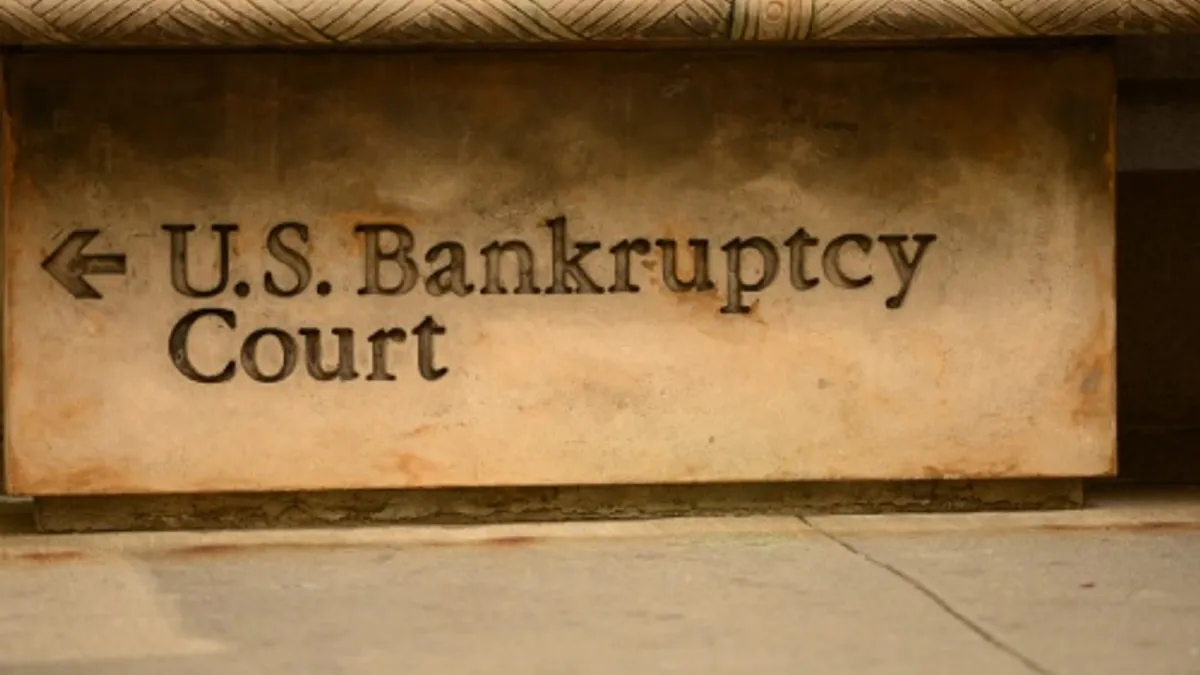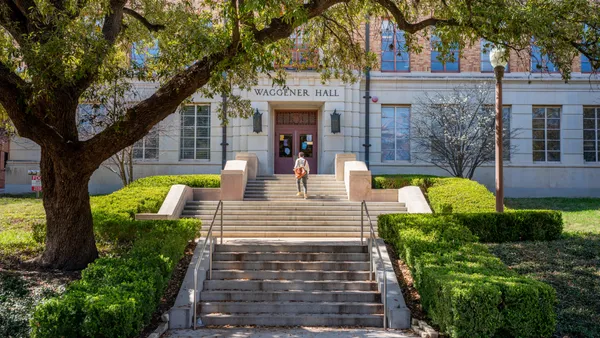Seven CIOs gathered Wednesday at Educause for "The Transformational CIO," a panel discussion focused on ways CIOs can play a transformational role at their institutions. On hand for the Enterasys-sponsored talk were Seton Hill University's Philip Komarny, St. Edward's University's David Waldron, the University of New Hampsire's Joanna Young, Kansas City Kansas Community College's Baz Abouelenein, Cardinal Stritch University's T.J. Rains, St. Louis University's Keith Hacke and the University System of Georgia's Curtis Carver.
Over the course of 50 minutes, the seven CIOs imparted a significant amount of crucial advice to their audience. Here are 5 key takeaways for CIOs looking to have a transformative effect on their institutions.
1. BE RELEVANT
Delivering services flawlessly and being available for communications is a must, Carver said. "If you were to look at my car, I've been doing this for about four years, it has a bit over 100,000 miles on it because I'm out at the campuses," he said. "I did a very careful study, and at the Board of Regents, there is absolutely no education taking place. It's actually all out at the campuses. It's all out where the students and faculty are."
Listening to the problems and concerns of those faculty and students, and developing solutions, is a must to remain relevant as CIO. Hiring somebody to assist with core processes like business process automation can also allow a CIO to move to a more strategic level that frees time for engaging with the institution's most vexing problems.
2. REACH OUT TO THE COMMUNITY
Asked about the importance of community engagement, Abouelenein said that, as a community college, engaging the community is an element for success of his institution. His office has worked with others on campus, such as business and continuing education, to determine what the community's needs are as far as technical certifications and various courses offered to ensure local employers' needs are met. “We are meeting and engaging the community in the services that we offer," he said.
Waldron added that IT should leverage and build relationships with elements of the community that are in a good position advance the university’s educational missions, as well as its philanthropic and social justice missions. This is why St. Edward's conducts hackathons in the city of Austin, and these relationships also facilitate the creation of internships in the community. "Austin is a very technologically oriented community and IT at a university in that environment has an opportunity to try to create relationships that advance the university’s mission," he said.
3. DON'T BE AFRAID TO TAKE FACULTY AND STAFF BY THE HAND
One of the challenges facing CIOs, according to Young, is helping faculty understand how tech can be helpful, as opposed to getting in the way of teaching. Since IT usually stands in a different space than its customers, and this can additionally stand in the way of relevance. Faculty and staff aren’t always quite at the place where they can change the way they teach just yet. "Often, it's IT's role to go far beyond just presenting a technology or offering a technology," Young said. CIOs must be experts in the business they’re in and take faculty and staff by the hand, explaining to them how the tech can supplement their teaching.
4. TRY TEACHING
Hacke suggested that CIOs should try teaching as adjuncts along with their other duties. "I teach in our online program, and I've encouraged other staff members in IT, and I really encourage that because you build a relationship with faculty," he said. "When you're an instructor, they see you as part of their own and you're in the club automatically."
Other benefits, he said, include finding bugs in the university's LMS before faculty do and being able to take care of them sooner.
5. OPTIMIZE NEW SERVICES FOR MOBILE—AND TAKE ADVANTAGE OF THE CLOUD
Cardinal Stritch's Rains said that mobile optimization is a must for any new services, though audience was ultimately the deciding factor in the debate of app vs. mobile site. For example, 40% of Cardinal Stritch's student population are adult learners, who look at technology much differently than traditional students. Young added that apps aren't the only important thing when it comes to mobile—WiFi infrastructure must be available, and the University of New Hampshire is currently in the process of hanging its fiber.
When the question of the cloud came up, Abouelenein described it as an enabler, freeing his staff from dealing with the "nitty-gritty" of things like hardware and software updates. He also noted that Kansas City Kansas Community College recently signed an agreement with Blackboard to host its LMS in the cloud. Most on the panel said they didn't feel the move to the cloud would result in staff loss, though Komarny noted that two or three members of his staff had moved on to new roles since Seton Hill's move to the cloud.
6. CONVINCE THE ORGANIZATION IT WAS THEIR IDEA
Both Carver and Hacke agreed that convincing the organization a successful project was their idea is key to establishing change in an institution. Also important: Giving credit for successes to someone else, preferably a business partner. "If you truly are successful, what you want to be able to do is make sure they get the credit for it, and then your legacy becomes the long list of projects that were successfully run that you gave credit to somebody else for," Carver said. "Then you'll continue to be invited back to the table."
Would you like to see more education news like this in your inbox on a daily basis? Subscribe to our Education Dive email newsletter! You may also want to read Education Dive's look at 3 innovative learning models from universities that retooled their approaches.





















